Ive been involved in the formal research on cognitive psychology and the theory of perception to explore on the effectiveness and the potential for it in increasing architectural appreciation in the public realm. It was my Masters dissertation paper under the Architecture Department in Manchester School of Architecture.
"The Sketch Nation: Architectural Appreciation Through the Means of Urban Sketching."
The theme of the research resolve around the two main subject, the art of sketching and architectural knowledge through the study of psychology, philosophy and anthropology.
The title is suggesting a development of the ‘sketch nation’ as a way to increase architectural appreciation of the public societies by engaging them with the sketching culture in their community. In this way, they will be more aware of their surrounding & social responsibilities towards a better architectural development. The research will concentrate on how does urban sketching relates to develop the knowledge of architecture in public societies and how the culture of sketching together in a community helps.
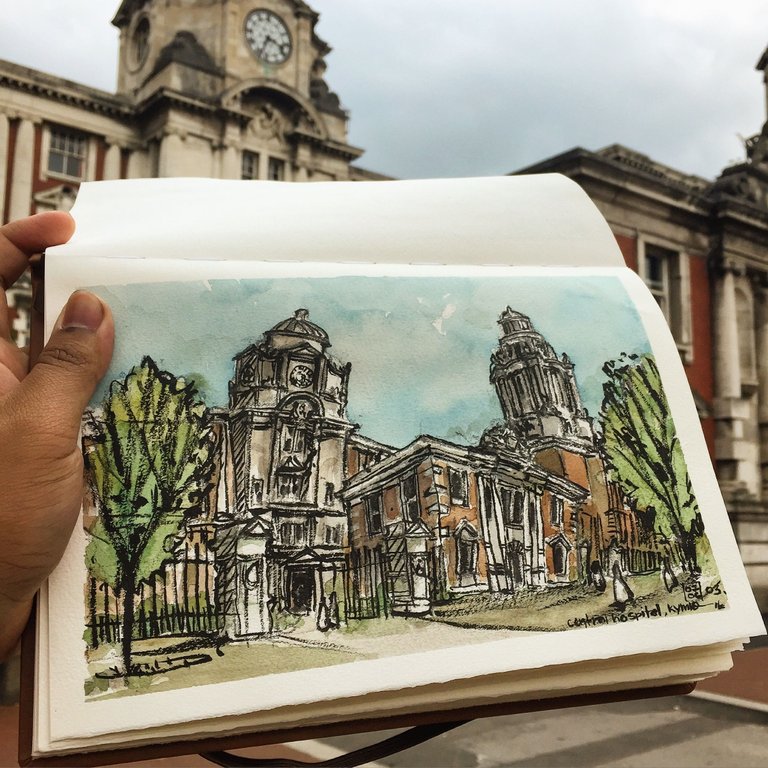
Manchester Royal Infirmary Hospital, Manchester.
In order to identify and justify the role of urban sketching towards architectural appreciation and knowledge development, the research started to look from the very fundamental process of the action; seeing. By the term ‘urban sketching’ to be able to see is the most vital stage as this will be the very first source of knowledge production contextualized in this dissertation.
"What happen when we sketch in an architectural setting?"
Have you ever heard of the term "urban sketching"?
The ‘urban sketching’ term is always referring to the term that has been introduced in December 2009 by the Urbansketchers organization globally through the Internet with a list of 8 manifesto or essential rules that has been translated into more than 20 languages in the website to define it.
The term ‘’manifesto’’ is referring to the list of these conditions as follows;
#1.We draw on location, indoors or out, capturing what we see from direct observation.
#2.Our drawings tell the story of our surroundings, the places we live and where we travel.
#3.Our drawings are a record of time and place. #4.We are truthful to the scenes we witness. #5.We use any kind of media and cherish our
individual styles.
#6.We support each other and draw together. #7.We share our drawings online.
#8.We show the world, one drawing at a time.
Answering the research question above, i started it with understanding how the mind works in perceiving images and how our brain accept the visual data (both direct and indirectly) through research done by psychologist and philosophers.
General Model of Theories of Perception
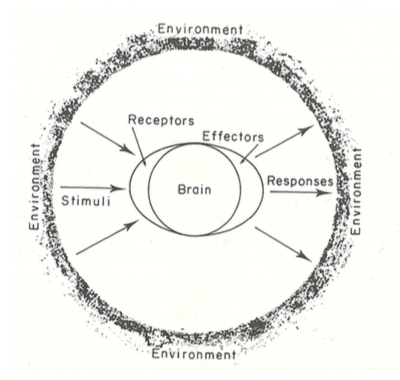
[Source: Gordon, I. E. (1989) Theories of Visual Perception. Great Britain: John Wiley & Sons.]
The regions of interest to perceptual theorist. (1) The environment, (2) incoming stimulation, (3) receptor surfaces and peripheral sensory nervous system, (4) the brain, (5) peripheral effector processes, (6) motor responses by the perceiver.
This diagram by Gordon describes the elements that involved when we are perceiving our environment through our eyes and processed in our brain to be generated into knowledge. Things we see from our naked eyes (the environment) is a complex ocean of information, when it is processed through the brain it will be stirred well with the person's memories, experiences and knowledge into a production of a new knowledge. This process is called cognitive process.

A cognitive sketch of the Masjid Kampung Laut, Kelantan, the oldest mosque in South East Asia.
When you are sketching, The cognitive process happen too but through the means of an output (the drawing), we can actually 'harvest' these information digested by the brain as a knowledge, on paper. These knowledge or we could also call it an 'idea', will definitely spark into something bigger, something more complex and fresh.
That is why ideas usually does not come from vacuum. Alexander Graham Bell did not just woke up one day and wanted to invent a telephone out of nothing. Every ideas comes from problems, inspirations, experiences that developed through a cognitive process, a thinking process. These small ideas or what we call 'concept' is always the first step towards the creation wonders as we know today.
Leonardo Da Vinci thinking sketches in his sketchbook, dissecting the complex human anatomy to a digestable knowledge, that had still become reference of today's knowledge. source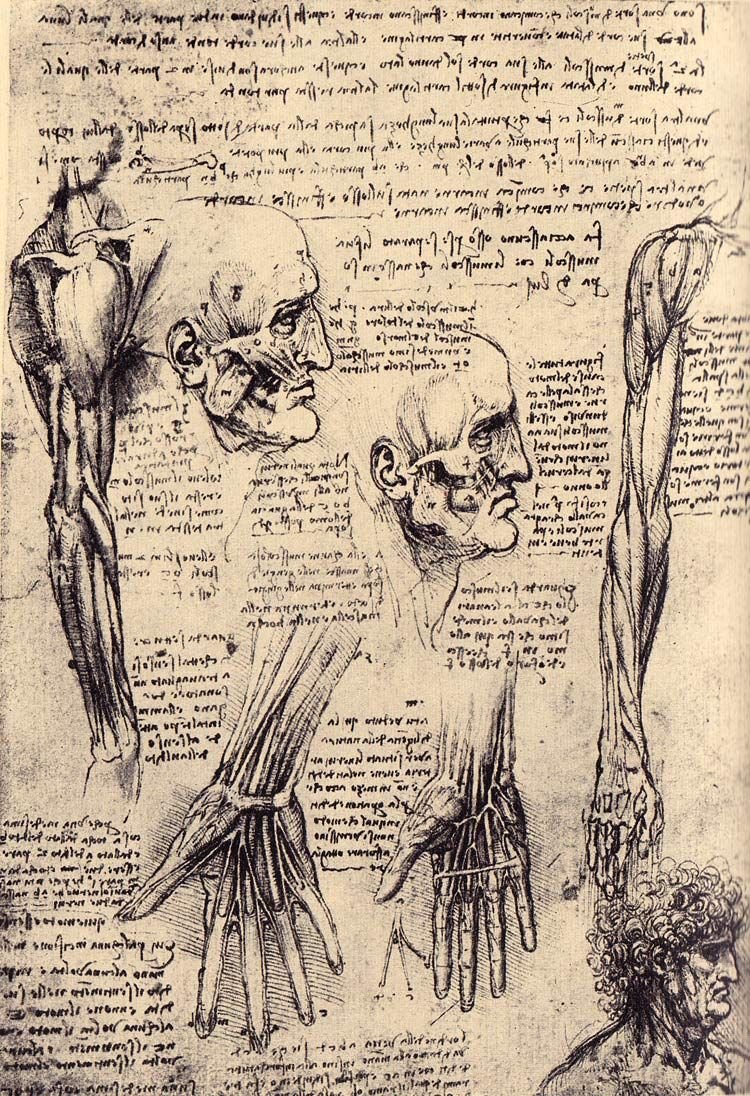
Wright bros original patented drawings that made flying possible today. source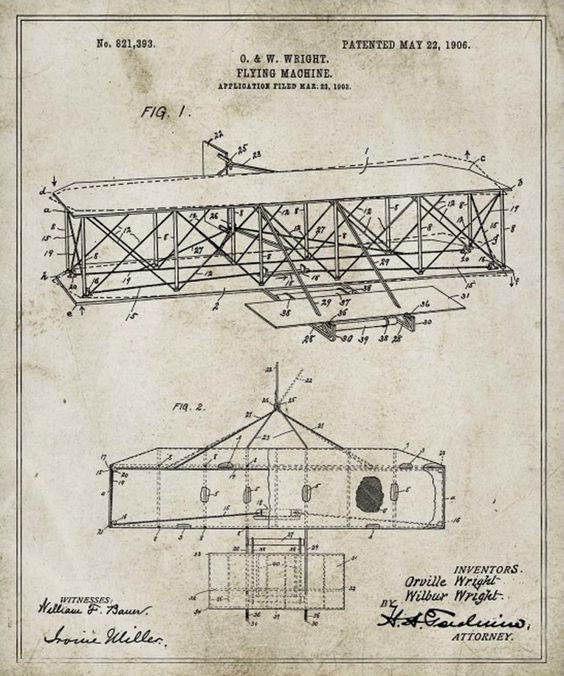
Walt Disney Concert Hall original conceptual sketch by Frank Gehry. source 01 source 02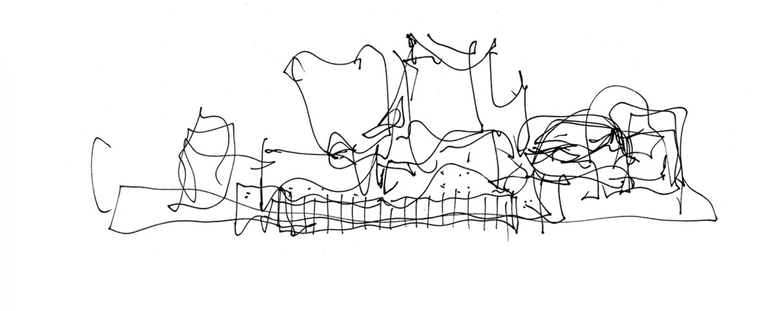

Inspired by nature.
If we trace the source of all ideas in this world, believe it or not, it will always leads back to the nature. Nature itself is the most complex source of information and knowledge that developed through the cognition process. Through sketching our environment, we will definitely learn something. It will also be such a waste if these ideas generated in our brain are not plotted onto black and white. An idea will only becomes an idea until it is sketched on papers.
So what are you waiting for? Grab your pens and sketchbooks and sketch! ;)



You've been upvoted by TeamMalaysia Community :-
To support the growth of TeamMalaysia Follow our upvotes by using steemauto.com and follow trail of @myach
Vote TeamMalaysia witness bitrocker2020 using this link vote for witness
Eureka!!!
This is an awesome post. You deserved it, Along...
You have been upvoted by the @sndbox-alpha! Our curation team is currently formed by @jeffbernst, @bitrocker2020, @jrswab & @teachblogger . We are seeking posts of the highest quality and we deem your endeavour as one of them. If you want to get to know more, feel free to check our blog.
A really satisfying piece of read! Look forward to more....
Kudos!
Cheers,
@Shenobie
This is gold, your simple yet solid explanation with proper citation from previous academician make it easier to be understood by everyone.. I do love that 2 words. "science and sketch"
again here I am, visiting this post again... really inspired me.... yet to produce similar writing and create a review and my field relation regarding this post.
my introduction >> https://steemit.com/introduceyourself/@amirulhakimjamil/hi-there-im-amirul-i-m-an-architect-a-sociologist